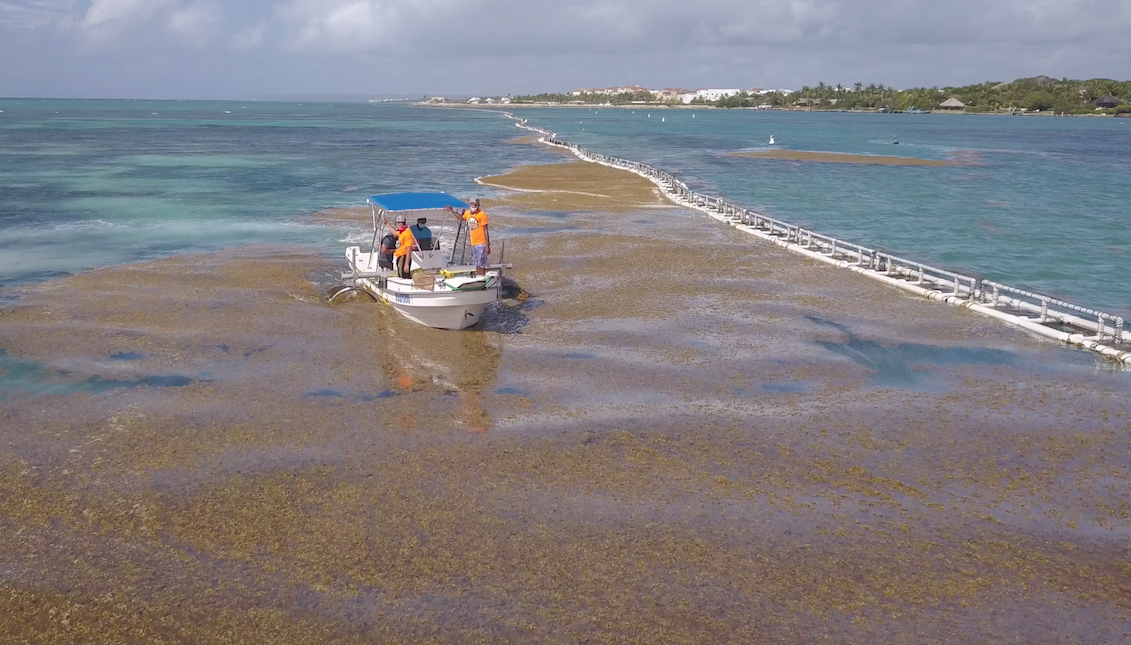
Latinos And The Green Movement
(First of two parts)
Mary Helen Sotelo, a retired nurse, chuckles when recalling how her kids would poke fun at her as she washed plastic food bags to reuse later. That was in the 1980s before the terms “sustainability” and “going green” were yet to become part of the national lexicon.
Sotelo’s concern for the environment is still going strong. So much so, in fact, that last year she decided to buy a 2009 Camry Hybrid. While it was a big upfront investment, she’s happy with her purchase, which she had been contemplating for several years.
“Not only is it protecting the environment, but it’s going to save me money in the future,” she says, citing the 37 to 44 miles per gallon it gets.
Despite notions that Latinos are not broadly engaged in saving polar bears or the rain forest, they may very well embody the term “sustainability.”
In fact, as the environmental movement broadens its perspective on what it means to be green, its leaders may want to take note of the way many Latinos live their lives. Whether following customs and practices handed down from sus padres or los abuelitos or borne from economic necessity, many Latinos have found ways to reduce, reuse and recycle long before these became the mantra for the green movement.
“A lot of Latinos like me had aunts, uncles, grandparents who were conservationists,” says Nicole Greason, marketing and public relations administrator for Fennemore Craig law firm. “They collected rain water for their gardens, composted, recycled cans and metals. They were people who, out of necessity, found uses for everything.”
These practices have rubbed off on Greason, who donates to groups such as the World Wildlife Federation, and has made a conscious decision to reduce her carbon footprint.
To this day, she does not use a clothes dryer, preferring instead to air-dry her garments. “The dryer is an evil thing,” she half jokes. “It uses a lot of energy and ruins my clothes.”
She also owns a lower-carbon-emitting Honda Element and decided to buy an existing home rather than a new one at a time when new homes were plentiful and in vogue. “It was counterintuitive to get an older home but it worked for me,” she says.
Now that the green movement has touched nearly every corner of the country, many Latinos simply need to step back and look at their family practices more closely to see if they are being good stewards of the planet, says Raquel Gutiérrez, a Tempe, Arizona-based consultant to non-profits and foundations.
For Gutiérrez, the sustainable practices she’s using in her Tempe home differ little from the practices her parents instilled in her childhood. As Chicano activists who have long celebrated their Native American roots, her family practices “7th generation thinking,” she says. This calls for making decisions with thought about how their choices will impact generations far into the future.
She and her husband Ward compost and use xeriscape landscaping in their backyard. Years ago, they changed all their light bulbs to CFLs. They also reduced and or eliminated their use of paper and plastic.
Gutiérrez, who received her Ph.D. from Arizona State University last year, recounts how one small step of buying enough silverware and plates to use at family get-togethers dramatically reduced the amount of paper and plastic they had been using.
“If enough people do enough small things, together they can make a difference,” says Gutiérrez.
It’s that type of cultural environmentalism that really didn’t register with the mainstream environmental movement for many years, says Adrianna Quintero, staff attorney for the Natural Resources Defense Council. From her base in San Francisco, she directs the NRDC’s La Onda Verde initiative, which was launched in 2005 to inform and involve Spanish-speaking Latinos both here and abroad about the broad spectrum of environmental issues.
“If you look at Latinos who belong to movements, it’s more about participating,” she says. “It’s not about giving $20 to an organization….This is about being part of the solution.”
Sotelo, the hybrid owner, often scours magazines searching for ideas on how to reduce, reuse and recycle. She is no Johnny-come-lately to green practices, either. She began recycling in the mid-1980s when she lived near Cal-State University at Bakersfield. The school had recycling bins and she would take all her recyclables there.
Her biggest concern these days is the amount of plastic going into landfills. She’s alarmed that much of the plastic we use will be around longer than us.
Always finding something she can contribute to a recycling drive — half-empty cans of paint, computers, old batteries, used cell phones, she says, “I just want to do my part. We have a wonderful planet and we need to take care of it.”
(Jonathan Higuera, of Phoenix, Ariz., is a freelance writer.)
(NEXT: Greenies and Environmental Justice — Mutually Exclusive Movements?)
©2009









DEJE UN COMENTARIO:
¡Únete a la discusión! Deja un comentario.